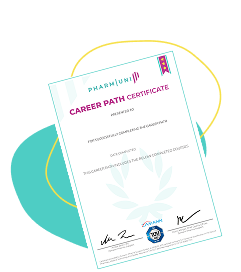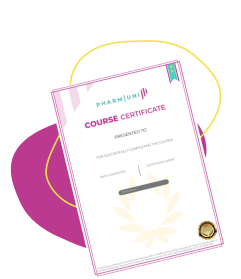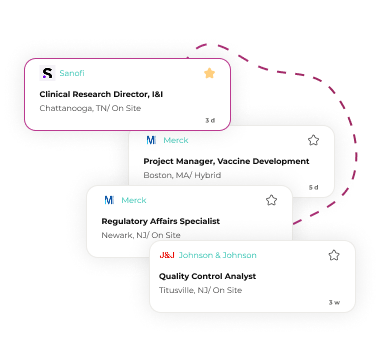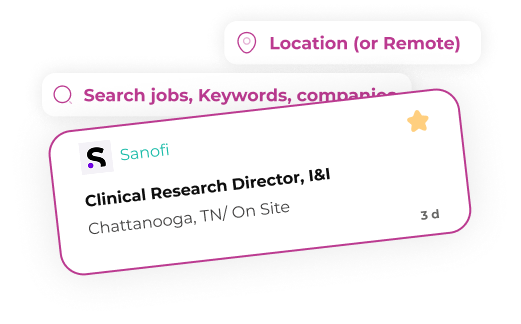Unlock the potential of your career in the Pharma industry with our online courses and qualifications.

Pick a career path, follow its guided course roadmap, and secure industry-verified credentials in a few months.

Earn career credentials from industry leaders that demonstrate your expertise.
Your dedicated pharma job board with 50 fresh listings every day. Browse free—unlock company names & apply details with Pharmuni Premium.

Broad boards mix pharma, med-tech and even consumer-health ads, so you spend hours filtering instead of applying. Niche platforms slash “noise” by curating only industry-specific roles.
Many postings linger long after they’re filled (“ghost jobs”), wasting applicants’ time and denting morale. Aggregators admit delays of days or weeks before removals.
Despite the surge in flexible roles, “remote only” filters are inconsistent or absent on mainstream boards, forcing manual keyword hacks.
Job seekers must juggle separate platforms for training, even though up-to-date skills in GMP, batch management, regulatory affairs, or leadership are proven to boost hiring success.
Four quick steps from search to hire

Narrow 1000+ pharma-only listings by role, GMP/RA tags, city/country, remote or contract type, and surface the exact matches generic boards bury.
All visitors see title, location, salary and posting age.
A quick upgrade reveals employer name, full description and live apply link.
Tap Apply to jump straight to the company’s ATS.
Regulatory fines, paperwork overload and tight budgets shouldn’t stall compliant production—or your career.
Every listing comes from regulated life-science employers, eliminating cross-industry “noise” and delivering instant relevance.
About 50 new vacancies go live every 24 h—vital in a market where fast-moving openings close quickly.
A deep, constantly refreshed pool lets you explore multiple career paths.
Slice results by tag, contract type, location or remote to surface the exact match in seconds.
Premium unlocks the employer link, so you jump straight to the ATS.
Pair each job with Pharmuni courses and certificates.



Pharmuni Premium gives you 50+ industry-aligned courses, credentials, VIP coaching, job tools trusted by professionals and more—for less than the cost of a single in-person training session.
Monthly: €39.99/mo
Annual: €33.25/mo (Save €80.88 yearly)
(most popular with immigrants)
We use cookies to improve your experience on our site. By using our site, you consent to cookies. Privacy Policy
Manage your cookie preferences below:
Essential cookies enable basic functions and are necessary for the proper function of the website.
These cookies are needed for adding comments on this website.
Google Tag Manager simplifies the management of marketing tags on your website without code changes.
These cookies are used for managing login functionality on this website.
Statistics cookies collect information anonymously. This information helps us understand how visitors use our website.
Google Analytics is a powerful tool that tracks and analyzes website traffic for informed marketing decisions.
Service URL: policies.google.com
Clarity is a web analytics service that tracks and reports website traffic.
Service URL: clarity.microsoft.com
Marketing cookies are used to follow visitors to websites. The intention is to show ads that are relevant and engaging to the individual user.
Facebook Pixel is a web analytics service that tracks and reports website traffic.
Service URL: www.facebook.com
LinkedIn Insight is a web analytics service that tracks and reports website traffic.
Service URL: www.linkedin.com
You can find more information in our Privacy Policy and Privacy Policy.